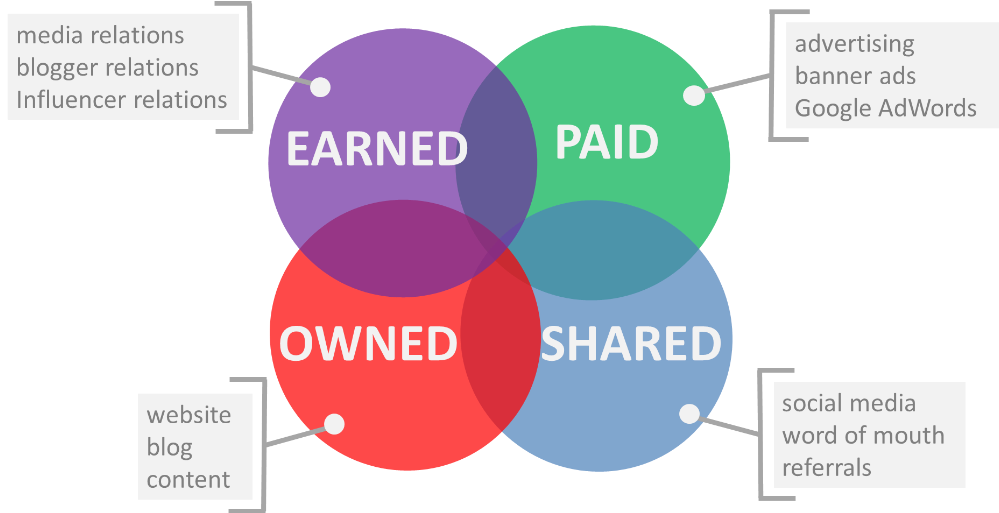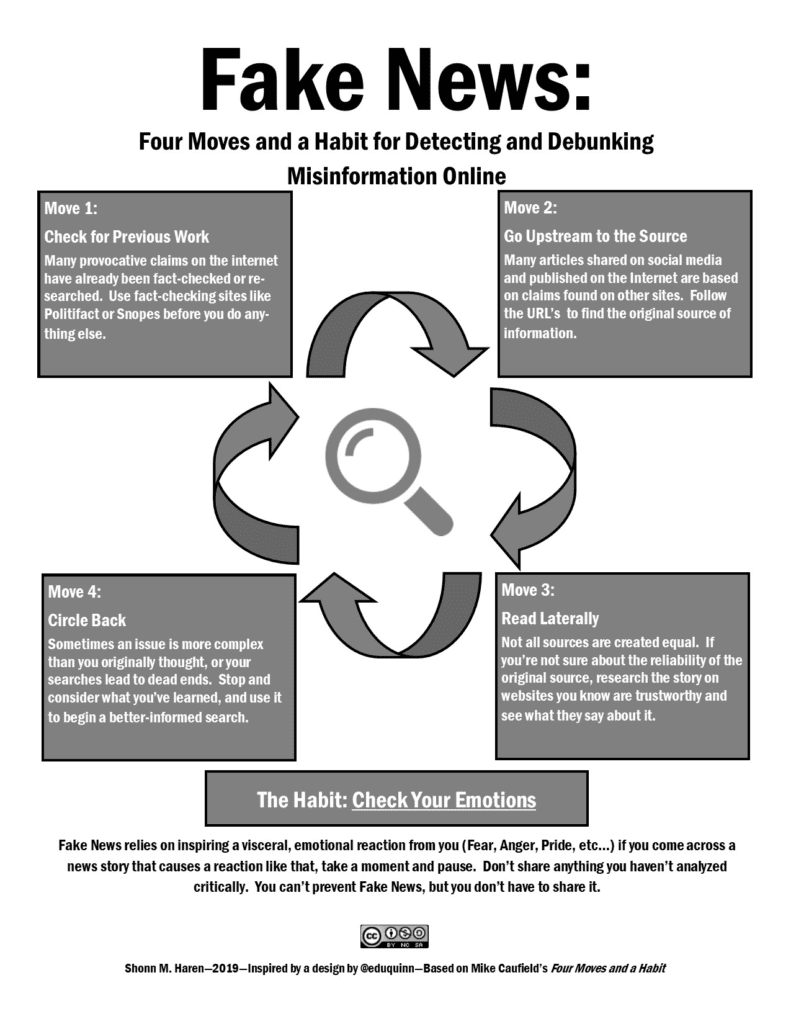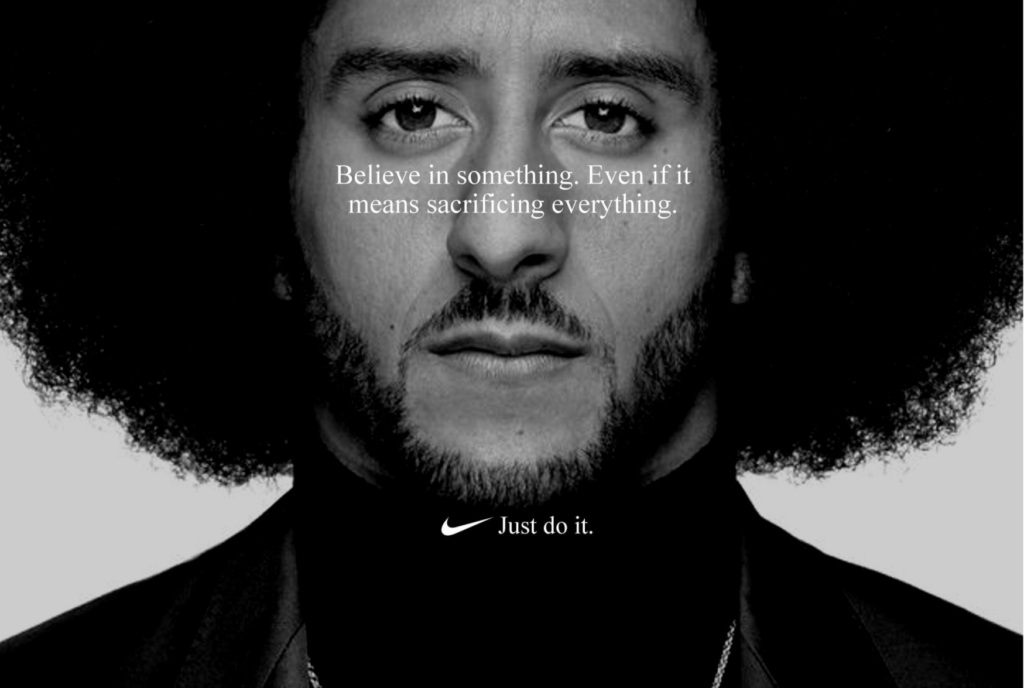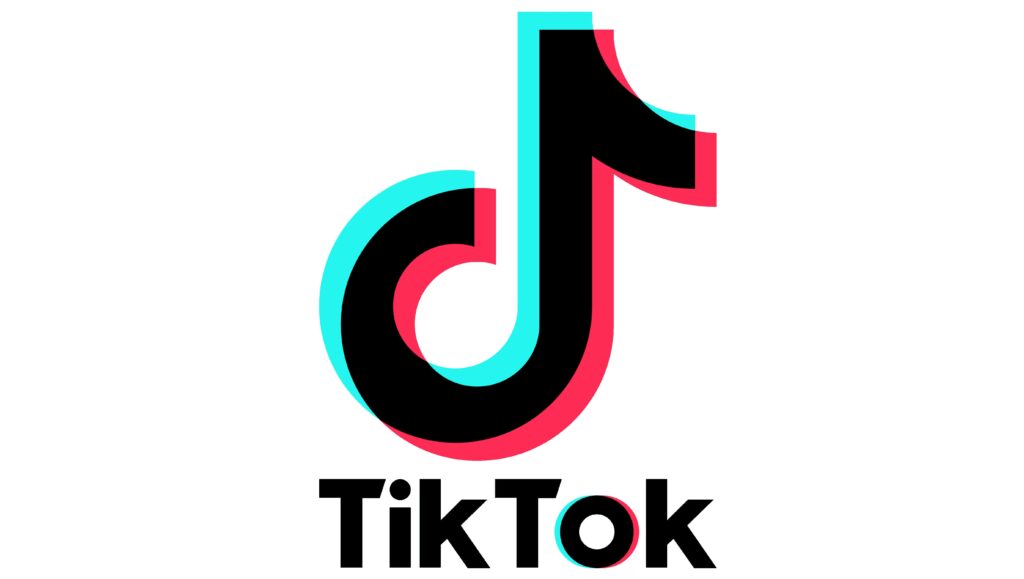In recent years, Corporate Social Advocacy (CSA) has emerged as a key topic for public relations professionals. As societal expectations evolve, more companies are expected to take a stand on important social issues, from climate change and racial justice to LGBTQ+ rights. However, balancing these social positions with the company’s brand identity and stakeholder interests can be a delicate challenge. In this post, I will explore the risks and rewards of CSA and discuss whether corporations should engage in social activism.
The Case for Corporate Social Advocacy
Advocates for CSA argue that businesses have a responsibility to reflect societal values and create positive change. As consumers become increasingly concerned with issues like environmental sustainability and equality, they are more likely to support brands that align with their beliefs. A company’s stance on social issues can help build brand loyalty, attract a socially-conscious consumer base, and enhance its reputation. For example, brands like Ben & Jerry’s have built strong identities around their commitment to social justice, leading to increased customer loyalty and heightened visibility within key demographic groups.
Dr. Philip Mirvis, a guest on the Stories and Strategies for Public Relations podcast, explains that companies that engage in CSA can show they are in tune with the values of younger, more socially conscious consumers. By aligning with issues such as climate change or racial justice, brands have an opportunity to enhance their public image and foster trust with their target audience. Furthermore, engaging in corporate activism can lead to positive media coverage and strengthen relationships with influencers, activists, and other stakeholders who share similar values.
The Risks of Corporate Social Advocacy
However, corporate activism does come with risks. Critics argue that taking a stand on controversial social issues can alienate customers who hold opposing views. Political stances, if not carefully managed, can lead to backlash and negatively impact a company’s bottom line. For example, in 2018, Nike faced significant criticism when it featured Colin Kaepernick, the NFL player known for kneeling during the national anthem in protest of racial injustice, in its advertising campaign. While Nike saw a surge in sales among its core customers, it also faced boycotts and negative publicity from those who disagreed with the message.
According to an article in PR Week, the backlash from corporate activism can be particularly severe in polarized political climates, where consumers may view a company’s involvement in social issues as a form of “virtue signaling.” If a company does not stay true to its brand identity or fails to communicate its message effectively, it risks losing both customers and stakeholders. This tension between taking a stand and maintaining customer neutrality is something public relations professionals must navigate carefully when advising clients on CSA.
Balancing Authenticity with Brand Identity
The key to successful corporate activism lies in authenticity. A company’s stance on social issues must align with its core values and mission. If a brand supports a cause that feels forced or disconnected from its identity, it risks being perceived as insincere. This was the case with many companies during the Black Lives Matter movement, where some were accused of “performative activism” — publicly supporting the movement without making tangible changes within their own organization.
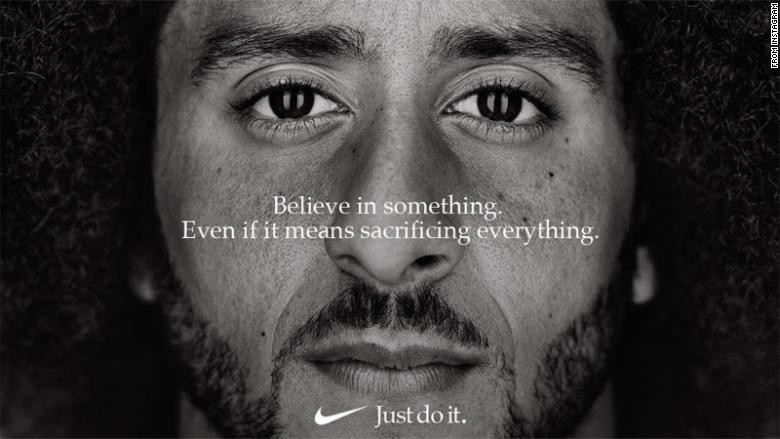
The San Francisco 49s’ Colin Kaepernick was featured in a Nike advertisement to promote his stance on Black Lives Matter as a Black Athlete.
A strong example of authenticity in corporate activism comes from Patagonia, a brand consistently committed to environmental activism. Patagonia’s stance on issues like climate change and public lands advocacy is not just a marketing strategy; it is an integral part of the company’s ethos. This consistency has built immense brand loyalty and led to the company being viewed as a leader in corporate social responsibility.
Conclusion
In conclusion, corporate social advocacy presents both opportunities and challenges for organizations. On the one hand, taking a stand on important social issues can build trust with consumers, enhance brand loyalty, and lead to positive media coverage. On the other hand, corporate activism can alienate certain stakeholders and expose companies to backlash. The key to successful CSA lies in balancing authenticity with brand identity and ensuring that a company’s values align with its social advocacy. Ultimately, companies must decide whether the potential rewards outweigh the risks — and do so with careful consideration of their unique position within society.
References
Downs, D. (Host). (2023). Taking an organizational stand on social issues. Is it worth it? Stories and Strategies for Public Relations. https://open.spotify.com/episode/5UaweN3No4zcVxfJSWsgQ6
Mirvis, P. (Guest). (2023). The evolution of corporate activism. The Evolution of Corporate Activism Podcast. https://podcasts.apple.com/in/podcast/the-evolution-of-corporate-activism-with-guest/id1677375263?i=1000650064877
Gallo, A. (2020). How to balance corporate activism with brand identity. Harvard Business Review. https://hbr.org/2020/06/how-to-balance-corporate-activism-with-brand-identity
Robinson, M. (2021). Public relations in the age of corporate activism: Navigating the backlash. PR Week. https://www.prweek.com/article/1695474
